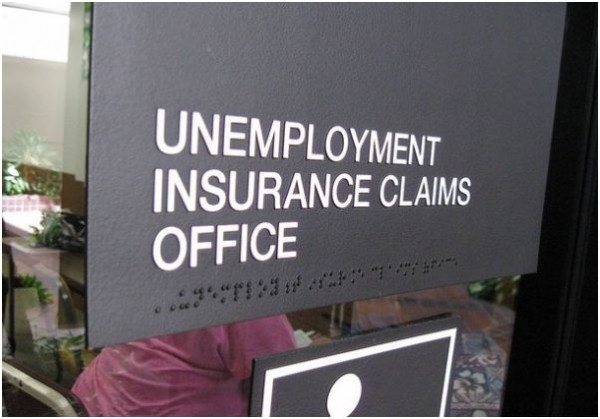Initial Jobless Claims Down From Previous Week


Initial jobless claims dropped in the week ending September 15, according to the latest report from the Employment and Training Agency. Unemployment insurance applications decreased by 3,000 from the advanced figure of 385,000 the week before. Analysts consider this a weak turnaround after layoffs increased significantly during the week ending September 8.
The less volatile 4-week moving average rose from 375,750 to 377,750. This is the highest this figure has been since June and the fifth consecutive week the number has risen. The insured unemployment rate remains stagnate at 2.6 percent. The revised seasonably adjusted figure for insured unemployment during the week ending September 8 was 3,272,000. This fell 32,000 from the week before and the 4-week average continues to drop.
First-time applications for jobless benefits continue to fall between the 350,000 to 400,000 range that has been consistent all year, which is good news because Americans have seen consecutive months of job growth. The bad news is many analysts speculate that initial unemployment claims need to remain below 375,000 to indicate moderate gains in the labor market.
According to officials at the Department of Labor, there were no special factors to influence the ETA’s Unemployment Insurance Weekly Claims Report. The teacher’s strike in Chicago, IL, also had no noticeable impact on last week’s figures.
The weak job gains in August, which dropped significantly from the month before, along with tepid economic growth prompted the Federal Reserve to implement a new bond-buying program (known as QE3) to help stimulate economic growth. The Fed will buy $40 billion in mortgage-backed securities every month until there is adequate and consistent job growth.
The economy is not recovering fast enough to affect confidence among job creators. It grew an underwhelming 1.7 percent in the second quarter. Economists expect growth to increase to two percent in the next quarter, but that is still considered too weak to drive up hiring efforts. Consumer confidence will remain down because of lackluster employment numbers which affects economic growth.
The labor market is still looking better than it did this time last year when the unemployment rate was at nine percent. First-time unemployment applications are down 8.4% from 2011. Even though the employment figures for August were far from what voters want to see, Americans continue to witness continuous months of positive gains.
The US is, however, in the slowest economic recovery since the years following the Great Depression. There is improvement, but mending in the labor market is not sufficient to keep up with population growth. The debate over QE3 continues among politicians, but only time will tell if the Fed's stimulus plan will have a notable impact on the economy.



